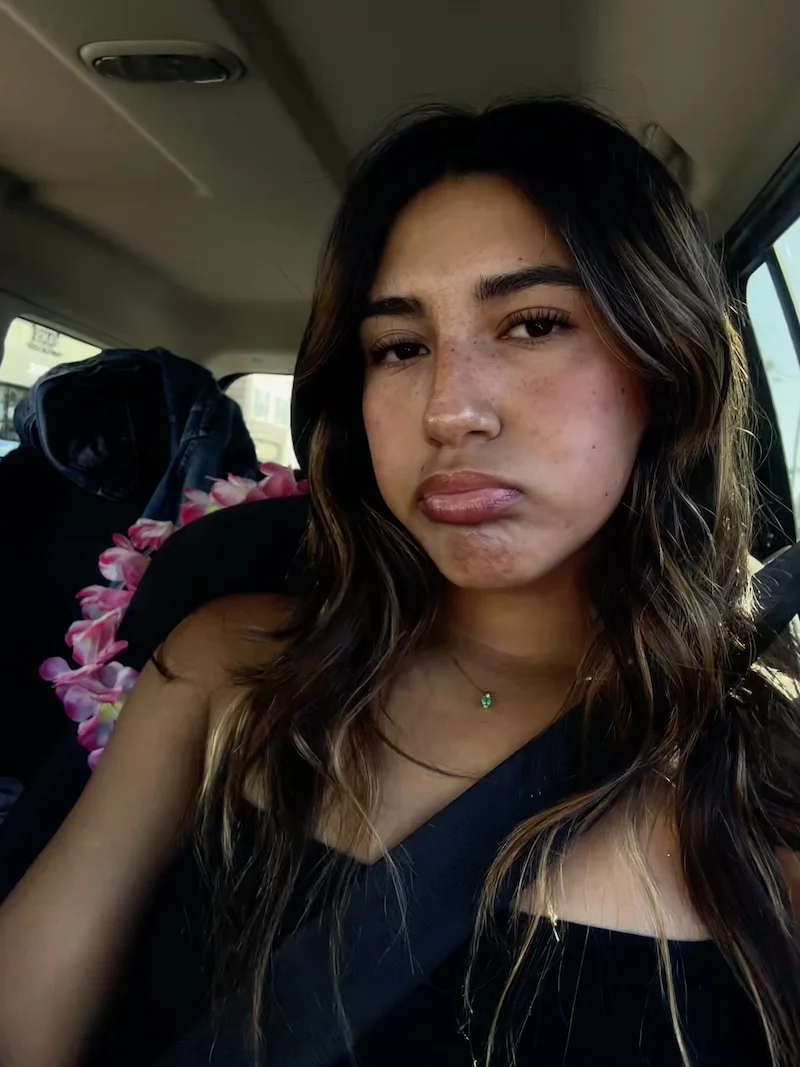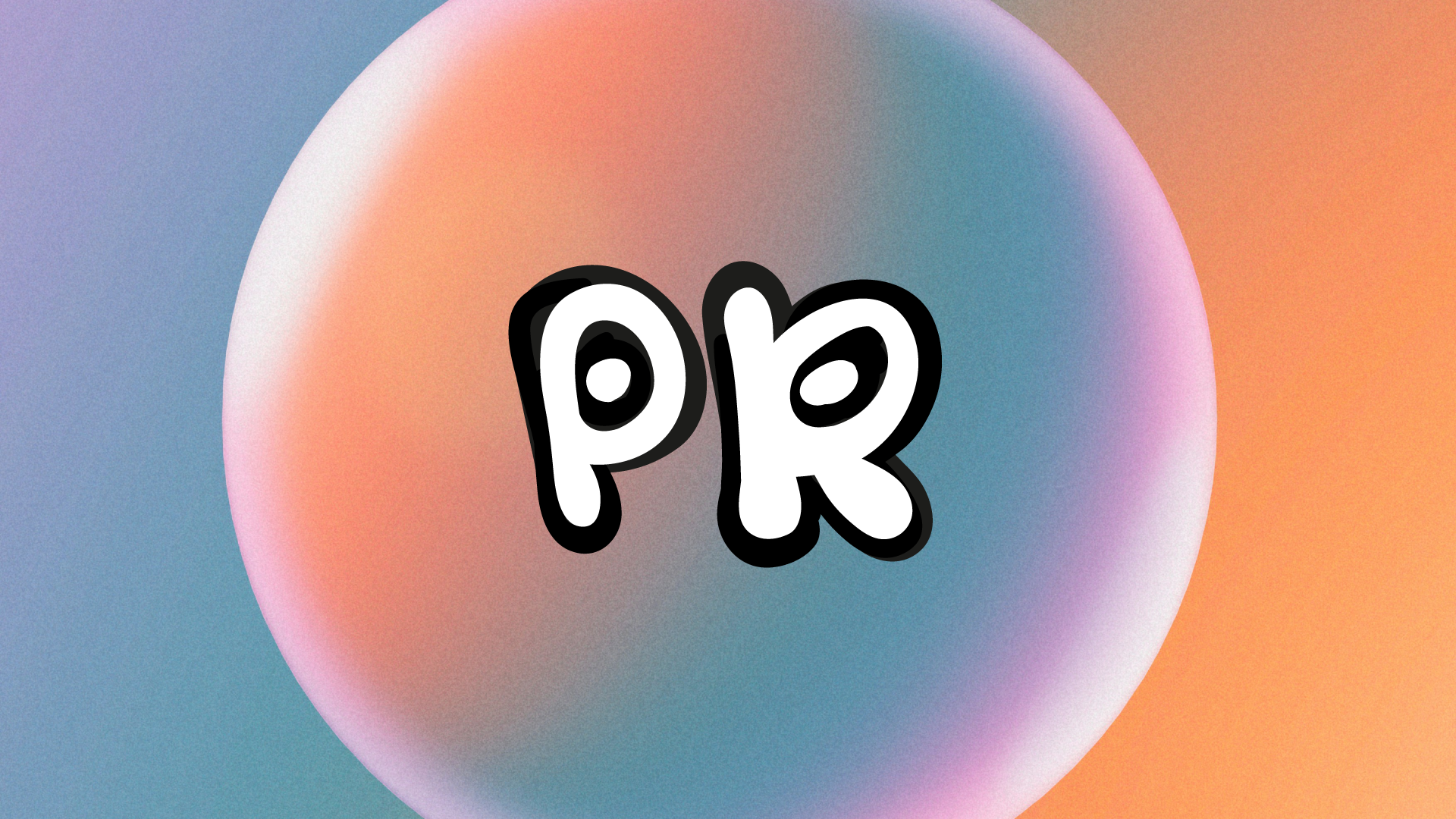Zoey Bahena • November 22, 2025
Top Platforms for Finding the Right Micro-Influencers for Your Brand
- PR ON THE GO Expert Panel

Author: Zoey Bahena
Zoey is currently a student majoring in Communication at the University of California, Santa Barbara. Her passion in advertising and music has allowed her to explore the different ways that public relations shapes viewer engagement. She is always looking for new ways to connect with others and keep up with current trends.
Roughly 63% of consumers are more likely to purchase a product if an influencer has recommended it. Brands seek influencers that are a right fit because they don’t want viewers to see it as solely a paid partnership. They want to select influencers who have shown an interest in the product beforehand. If followers were to view the promotion as off-brand, they are less likely to purchase what is being promoted.
I asked our PR & growth experts: What platforms are best to find micro influencers? Why do these particular platforms work great?
Here are the experts' insights:
- Hummingbirds
- Strava
- AffiliateFinder.ai
- TRIBE
- Modash
- Collabstr
- TikTok One
Hummingbirds
Emily Reynolds-Bergh, Owner at R Public Relations
"A great, underutilized platform is Hummingbirds, which is designed specifically to aggregate micro-creators across many US cities, giving brands an easy (and cheap!) way to infiltrate real communities in an authentic way. The brand’s mission is based on build authentic connections and content that feels real, making it quite effective."
Strava
Adam Bocik, Founder & Managing Partner at Evergreen Results
"I run a digital marketing agency focused on active lifestyle brands, and we've tested every platform for influencer findy. The one I'd actually recommend that gets overlooked is Strava—specifically for outdoor, fitness, and active lifestyle brands.
Here's why: Strava athletes aren't professional influencers trying to monetize everything. They're genuine enthusiasts who post their trail runs, mountain bike rides, and ski days because they love it. When we helped a nutrition brand identify micro-influencers there, we found people with 1,500-5,000 followers who were already tagging competitor products in their activity posts. One runner we connected with had been buying our client's competitor for months and posting about it organically—when we sent her samples, her genuine excitement drove more conversions than influencers with 50k Instagram followers ever did.
The other goldmine is YouTube comment sections on gear review channels. Sounds weird, but the people leaving detailed 200-word comments about their experience with hiking boots or camp stoves are exactly who you want. We've tracked down commenters who turned into amazing micro-ambassadors because they were already that passionate—they just didn't have a platform yet. One guy reviewing fishing gear in comments had only 800 YouTube subscribers but his audience was obsessively engaged anglers who actually bought equipment based on his opinions.
The pattern I've seen across our outdoor brand clients: find people already creating content about the activity itself, not people trying to become influencers. The former group's audiences actually trust them."
AffiliateFinder.ai
Amanda Napitu, Partnerships Manager at Endorsely
"As Partnerships Manager, my role is to connect brands with influencers and affiliates who are the best fit to promote their products.
The tool I use for this is AffiliateFinder.ai. It works by analyzing your brand, your top competitors, and your target keywords, then shows you hundreds of potential partners who are already promoting your competitors and creating content in your niche.
You can filter by channel size to find micro-influencers on YouTube and Instagram (TikTok is coming soon). Additional filters include engagement rate, upload frequency, and last posting date.
AffiliateFinder searches entire social media platforms, so you're not limited to influencers who registered to a particular directory. And the scan refreshes weekly, meaning you always have fresh opportunities to explore."

Creatives To Watch: PR ON THE GO features creatives and startups in a new interview series.
Submit your interview for a feature.TRIBE
Aaron Whittaker, VP of Demand Generation & Marketing at Thrive Internet Marketing Agency
"For the clients we manage, our team uses micro influencer marketplaces such as Upfluence, Heepsy and TRIBE as they give us a straightforward way to review creators in the 10k–100k range and determine who shows consistent engagement. These platforms give us a full view of a creator’s posting history, audience behavior, content style and past brand mentions so we can quickly decide whether they are the right fit for the products we manage. TRIBE for example focuses on building a solid creator community and gives us detailed analytics for TikTok and Instagram which helps us match clients with influencers who already speak to the right audience.
Since micro influencers usually connect more closely with their audience the platforms give you an easy way to see which creators match your brand’s style, tone and follower profile. They also help us expand our outreach so we can work with multiple creators in the same niche and see how their results differ. Another thing we look at is the analytics built into these platforms help us understand what is doing well and what is falling short which is important to us when we aim for partnerships that feel genuine instead of just sponsored content."
Modash
Isabella Rossi, CPO at Fruzo
"For a wide search, I start with Modash. It's great because it lets me filter by very specific topics, the age and location of their followers, and I can see their true engagement rates. I can find creators in a certain city who talk about sustainable living and have a highly active following. This exactness is key to finding someone who is a true match.
However, for the most authentic finds, I often skip the tools and go straight to the source, TikTok and Instagram. I search for very specific hashtags related to my brand and look for people making truly engaging content, even if they only have a few thousand followers. And the platform's own algorithm does most of the checking for me.
The goal here is to find someone who is already a natural supporter of your brand's space, which makes a partnership feel like a natural part of their usual content."
Collabstr
Alex Vasylenko, Founder at Digital Business Card
"I’ve worked with dozens of creators over the years, big and small, and I’ll tell you this: micro-influencers are where the real magic happens.
Even though they don't have as many fans, the ones they do have listen. The most likely places to discover them? LinkedIn and TikTok. TikTok is a great place to find real voices—creators with special interests who don't just make polished ads. People might be surprised to learn that LinkedIn is great for professional or business brands that want to find real thought leaders with loyal, interested followers.
Before we reach out, we also use Collabstr and Modash to keep an eye on engagement rates and the realness of our community. I will say, though, that human outreach is still the best tool. Before getting in touch with an influencer, I always take some time to watch their material. If they're already talking about things that are connected to your product, that's not a forced sponsorship but a real connection waiting to happen. In that way, you can make relationships that work."
TikTok One
Alamgir Rajab, Marketing Representative at Asad’s Hot Chicken
"From my experience, finding the right micro-influencers isn’t about chasing big numbers; it’s about finding people who actually care about what you offer. You’d think a big follower count helps reach a big audience, but honestly, I’ve been doing this for years now, and I’ve learned that audiences can tell right away when a partnership feels forced. Keep reaching out to the right influencers as a priority.
A few platforms I’ve had good luck with:
• Collabstr: Very easy to use and great for connecting with smaller creators who already post the kind of content your brand fits into. That’s exactly what we want.
• Upfluence: Gives you solid audience data, not just follower counts, but engagement quality, audience type, and everything, so you can see who’s genuinely influential. Because we all know followers can be bought, but engagement is a real thing.
• TikTok Creator Marketplace: Perfect if you want to catch rising voices early. It’s great for spotting trends before they blow up.
At the end of the day, the best influencer relationships are built on trust and shared values, not just sponsored posts.
When an influencer already loves what you do, their audience can feel that authenticity, and that’s what makes the promotion work!"
Deepak Shukla, Founder & CEO at Pearl Lemon PR
"The best micro-influencers aren’t found, they’re noticed. I always start with platforms like Instagram and TikTok Creator Marketplace because that’s where you can see real engagement, not inflated follower counts.
But the secret weapon is LinkedIn. Nobody talks about it, yet B2B and niche lifestyle brands are killing it there with micro-creators who already post organically about their interests. We use tools like Modash and Upfluence for data, then cross-check everything manually, afterall you can’t automate gut feel.
The best partnerships happen when the influencer would’ve talked about you anyway. Forget vanity metrics; look for consistency, weird obsessions, and someone who clearly loves their niche. That’s what sells, not staged smiles."
#PRontheGO
Subscribe to the PR ON THE GO newsletter.
Receive the latest media news in your inbox. Discover journalists and start pitching!